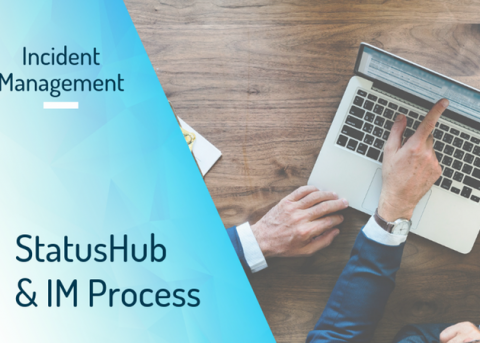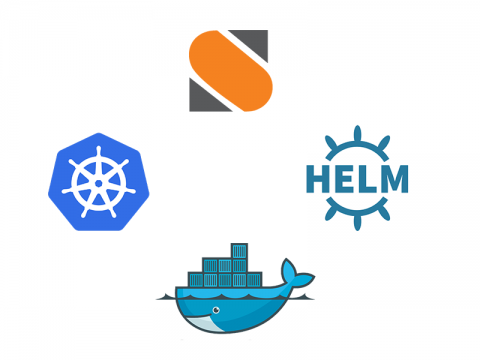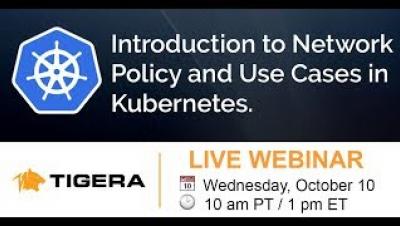Operations | Monitoring | ITSM | DevOps | Cloud
%term
Is observability good for our brain? How about post-mortems?
The 2019 State of Future Tech in the Workplace
In our annual State of IT, Spiceworks sheds light on future business trends in the workplace by surveying technology buyers around the world. For the 2019 edition of the report, we talked to 780 respondents based in North America and Europe to learn more about their organizations’ plans for the coming year.
How StatusHub Complements and Extends Your Incident Management Process?
Although the main focus of StatusHub is incident communication, it compliments each 5 activities of Incident Management: Identification, Categorization, Prioritization, Response and Communication with the user community through the life of the incident.
Falco joins CNCF Sandbox.
Security is a key consideration for any organization seeking to standardize and scale their cloud-native platforms. Falco, the behavioral activity monitoring tool from Sysdig, is becoming a popular option for open source container runtime security on cloud-native platforms built using Kubernetes, Cloud Foundry, and OpenShift.
AWS CloudWatch Configuration Guide: Getting Started
If you remember getting an Erector Set as a kid, I’m sorry. In a stocking full of toy building systems, an Erector Set is the proverbial lump of coal. The instructions are complicated, and the pieces are made of metal, connected together with tiny screws. Few children have ever completed one of these sets successfully.
Exploring Network Monitoring? 3 Things to Look For
StackStorm HA in Kubernetes eta - Community update
A couple weeks ago, we released the Helm chart and docker images so you could install StackStorm Enterprise HA cluster in Kubernetes. Today, we’re glad to announce that the Community free and open source edition of StackStorm HA is now available, too!











